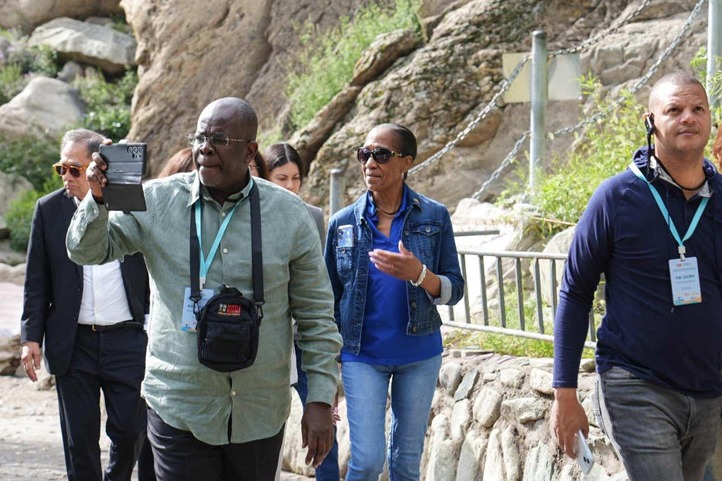Manning the defenses


Over two decades, Luo Heping has made the transition from curious amateur to dedicated protector of the Guyang Great Wall, Fang Aiqing and Yuan Hui report.
Almost 20 years passed like a blink of eye, and in that time Luo Heping has turned from a driver into an encyclopedia of knowledge about a section of the Great Wall in North China's Inner Mongolia autonomous region that dates back to the Qin Dynasty (221-206 BC).
Driven by a curiosity and persistence that few would understand at first, his career embodies a spirit that's also embedded in the long-standing historical structure, which has sheltered China and its people for thousands of years.
Luo is now director of the cultural relics preservation center of Guyang county in Baotou. His daily work involves patrolling and protecting local relic sites, as well as carrying out archaeological surveys — he is a gatekeeper of the cultural relics in the area, as he puts it.
The 95.6-kilometer section of the Great Wall that runs through the county has 173 beacon towers and five fortresses, where the troop garrisons and officials lived and stored supplies.
"It's a complete ancient military defense system," Luo says.
This east-west section was originally built in 214 BC, during the reign of Qinshihuang, the first Qin emperor. It was built over the course of five years, and was restored during the reign of Emperor Wudi (156-87 BC) of the Western Han Dynasty (206 BC-AD 24) and extended to its current length.
On the Seerteng Mountain, ancient people split stones — a material easy to find in the area, and traces of quarrying have been found — and piled them up to resist the threat of the nomadic Xiongnu tribes from the north.





































